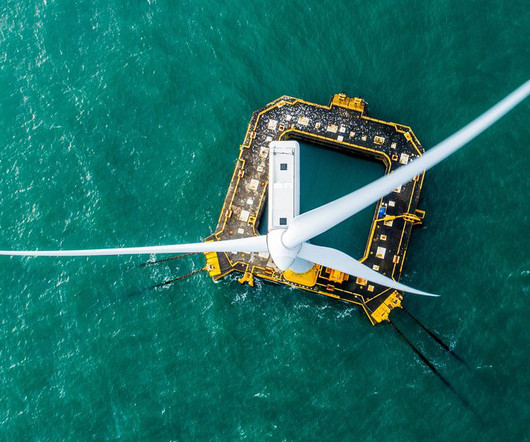Nanodiamonds enable efficient hydrogen purification
Green Car Congress
DECEMBER 20, 2021
In a study published in Nature Energy , researchers led by Kyoto University’s Institute for Integrated Cell-Material Sciences (iCeMS) describe how nanodiamond-reinforced composite membranes can purify hydrogen from its humid mixtures, making the hydrogen generation processes more efficient and cost-effective.














Let's personalize your content